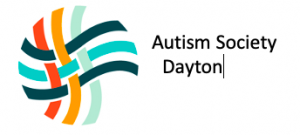
Content of the IEP
The IEP should address all areas in which a child needs educational assistance. These can include academic and non-academic goals if the services to be provided will result in educational benefit for the child. All areas of projected need, such as social skills (playing with other children, responding to questions), functional skills (dressing, crossing the street), and related services (occupational, speech, or physical therapy) can also be included in the IEP.
The IEP (see statute text) should list the setting in which the services will be provided and the professionals who will provide the service. The content of an IEP must include the following:
- A statement of the child’s present level of educational performance. This should include both academic and nonacademic aspects of his/her performance.
- A statement of specific, well-defined goals that the student may reasonably accomplish within the next 12 months. These goals should directly relate to a student’s disability-related needs, and include baseline data supported by the student’s present level of academic and functional performance. It must be clear how goal progress will be monitored and reported
- If your child takes an alternative assessment aligned with alternate achievement standards (ex: Common Core Essential Elements), their IEP goals must include a description of short-term benchmarks or objectives. These objectives help parents/caregivers and educators know whether a student is progressing, or is in need of additional support.
- A description of all specific special education and related services, including individualized instruction and related support and services to be provided (e.g., occupational, physical, and speech therapy; transportation; recreation). This includes the extent to which the child will participate in regular educational programs.
- The initiation date and duration of each of the services, as determined above, to be provided (this can include extended school year services). You may include the person who will be responsible for implementing each service.
- If your child is 16 years of age or older, the IEP must include a description of transition services (a coordinated set of activities to assist the student in movement from school to post-secondary education, employment, or other activities).
